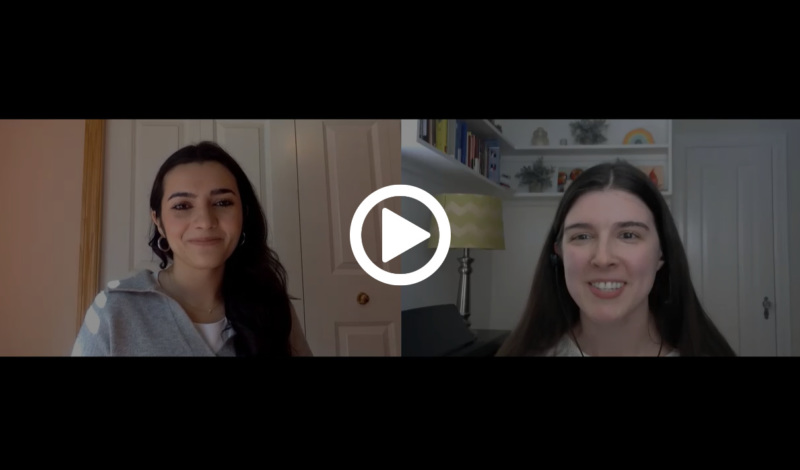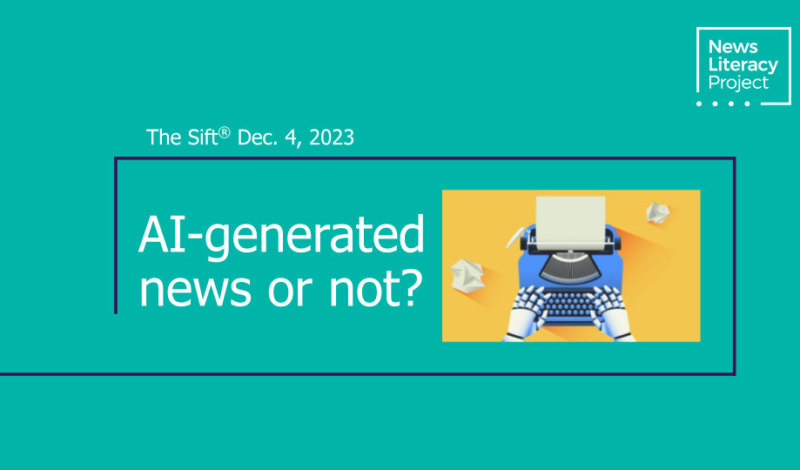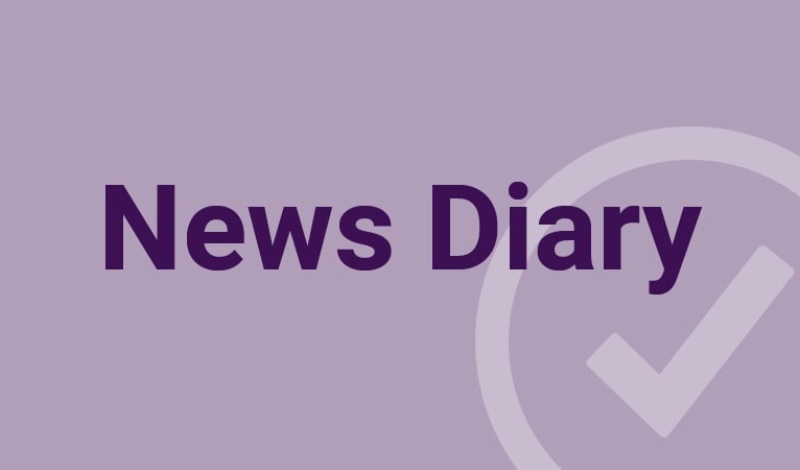
News Goggles: María Luisa Paúl, The Washington Post
This week, we talk to Washington Post reporter María Luisa Paúl about her recent story on 7-year-old Tariq, whose
As the amount of information at our fingertips grows at an unprecedented rate, filtering information is an increasingly essential news literacy skill. The foundational concepts of InfoZones help guide students to the vital realization that not all information is created equal and that the credibility of different types of information is often correlated with their purpose. By helping students discover six primary purposes of information, you can help them develop the habit of questioning the purpose of all the information they encounter.
Of course, most pieces of information have more than one purpose — a television show that is produced to be entertaining can also be informative, for example, or an advertisement produced to sell a product or service can also entertain — but this lesson helps students understand that almost all the information they encounter has one primary purpose that has a significant effect on its credibility.
Definitions for each purpose and zone are included in the poster linked below. This poster was adapted from the InfoZones lesson on our Checkology® virtual classroom. Use it with that lesson or with the classroom version of the InfoZones lesson.
This week, we talk to Washington Post reporter María Luisa Paúl about her recent story on 7-year-old Tariq, whose


In this classroom activity, students determine whether three examples of news articles are AI-generated or written by journalists.


In this activity, students will commit to following daily news coverage from a credible, standards-based news organization for a


When big news breaks, it can be hard to cut through the noise and find accurate information. Misinformation thrives


Discussion questions, vocabulary and classroom activities to help you teach about how to differentiate between news and the views



